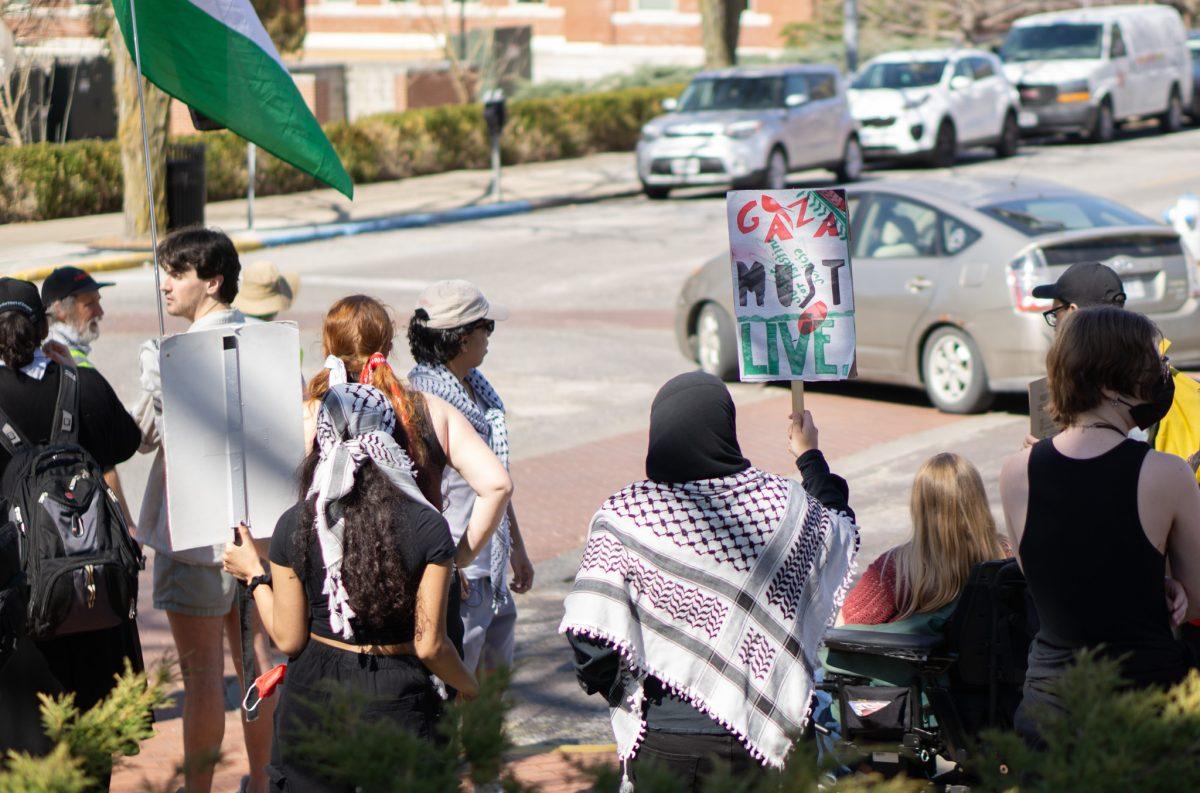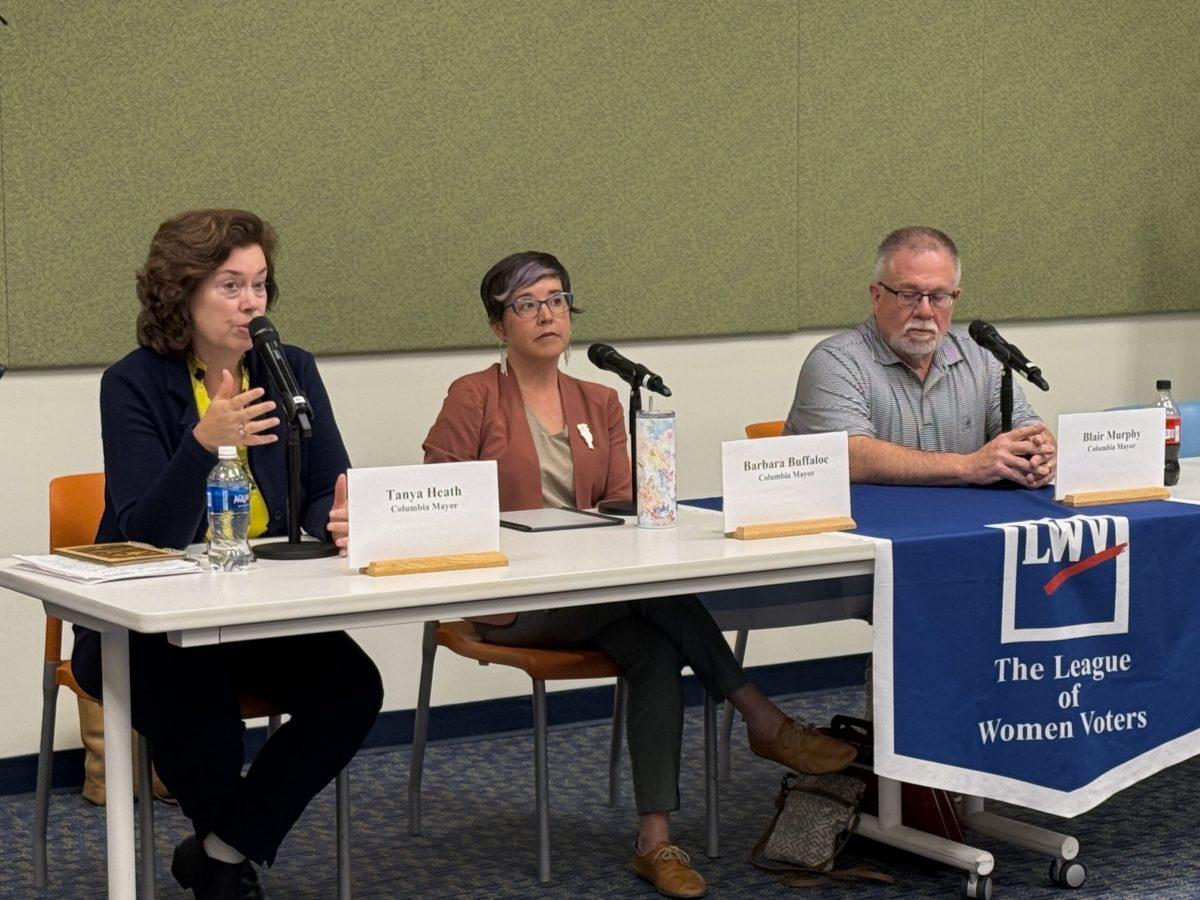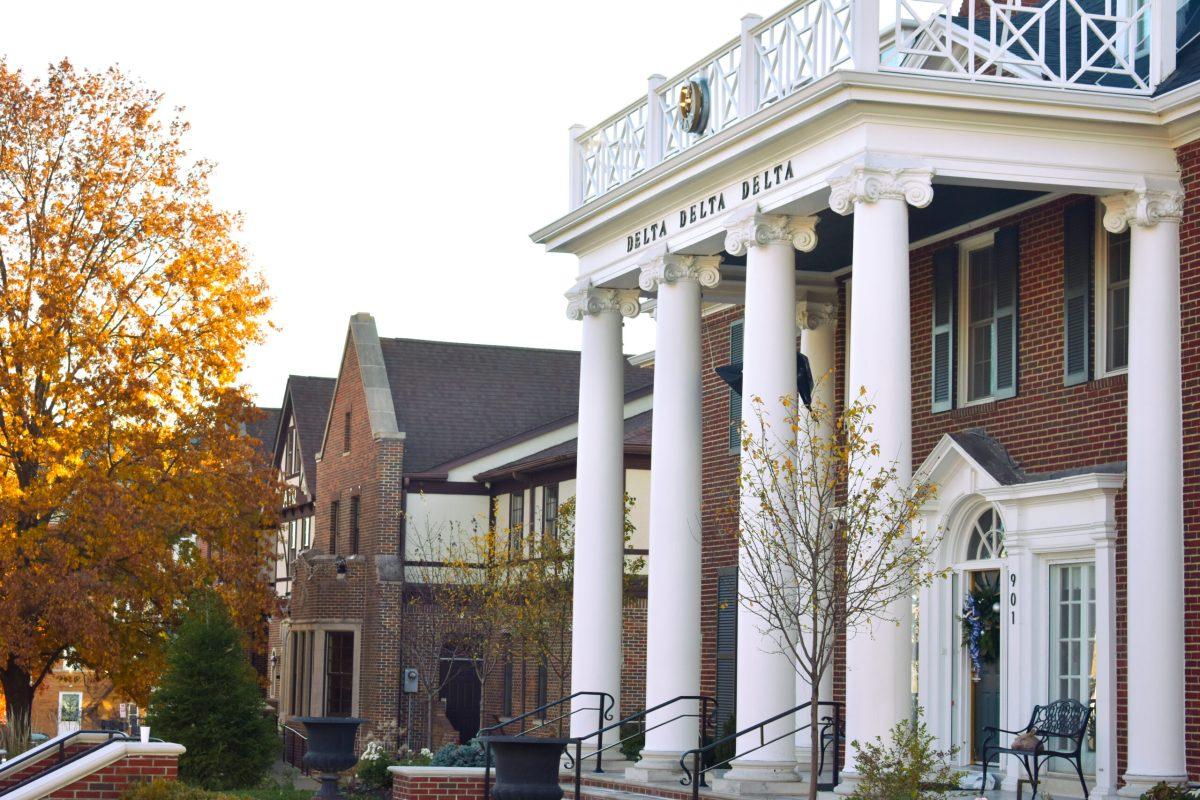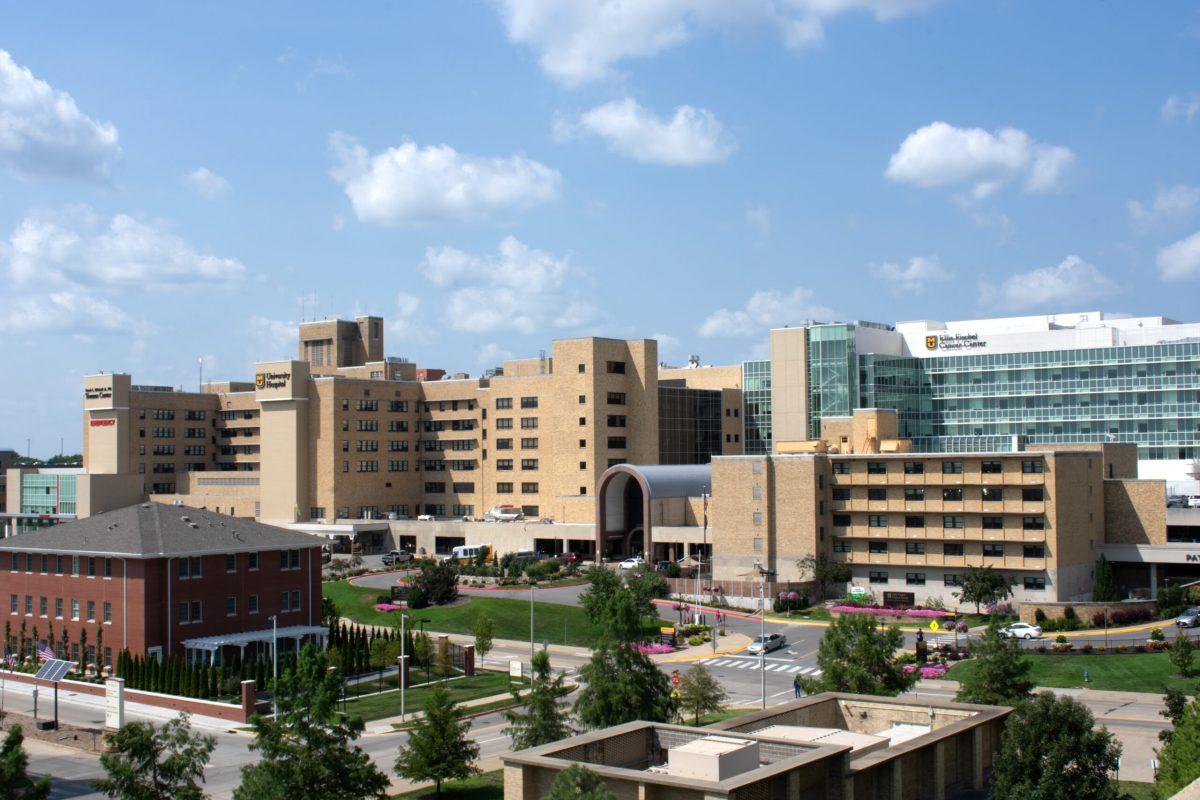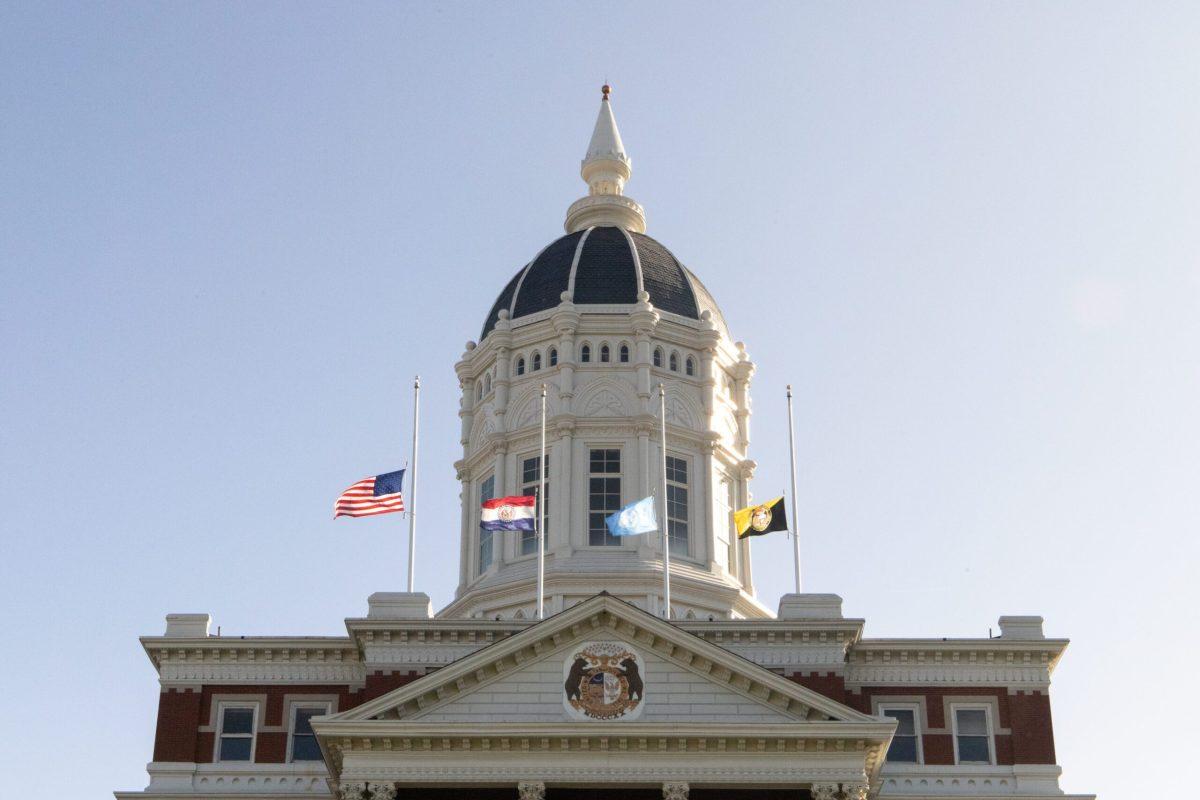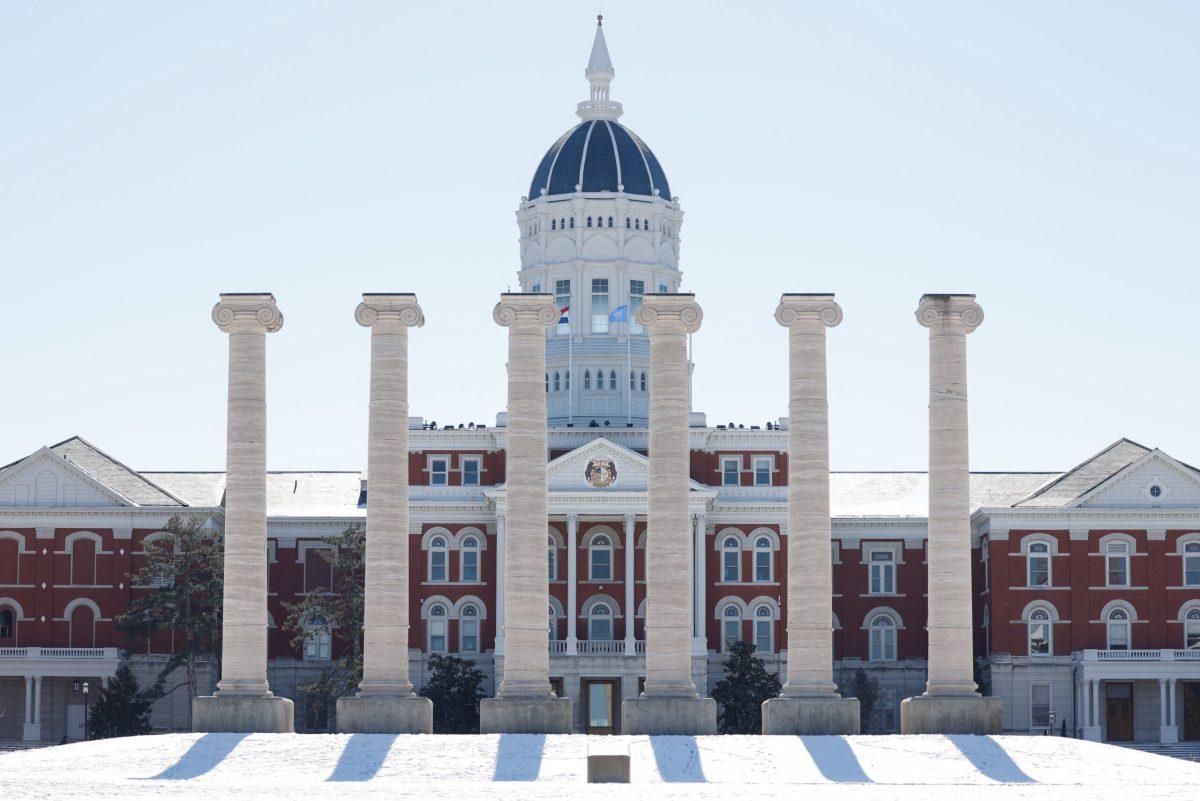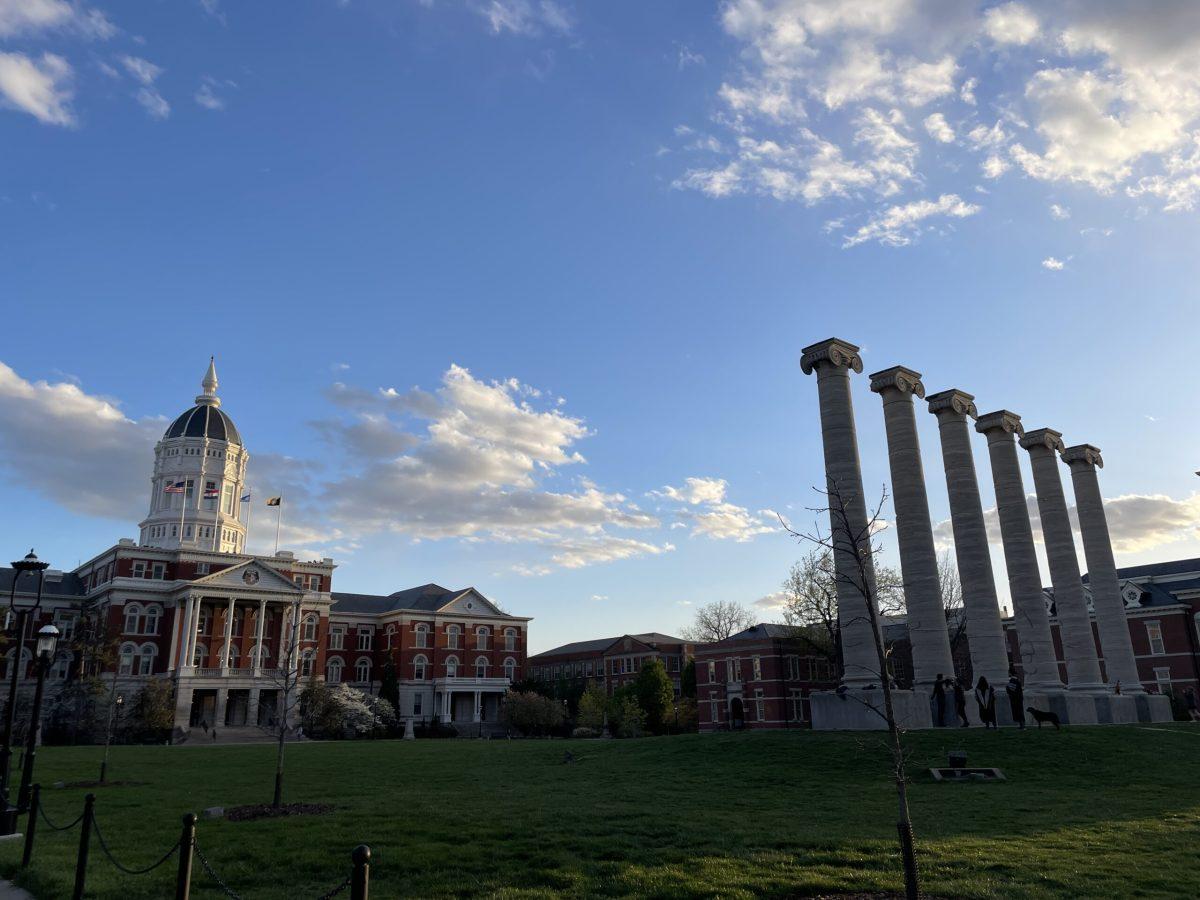MU will be expecting the smallest class since 2006 with about 1,500 fewer freshmen than last year’s freshman class in addition to an even larger budget shortfall. Vice Chancellor for Finance Rhonda Gibler [told the Columbia Daily Tribune](http://www.columbiatribune.com/news/education/turmoil_at_mu/university-of-missouri-estimates-show-enrollment-decline-to-cost-campus/article_e6b9ca4e-31cc-58a4-bc60-484b595438d8.html) on Wednesday that the total decrease in students is closer to 2,600 — 1,400 fewer freshmen and 1,200 other students — a larger number than anticipated earlier in the semester.
On May 1, as seniors across the country finalized their college decisions, a memo from Barbara Rupp, interim vice provost for enrollment management, was sent to campus administrators detailing the latest enrollment figures. The memo noted first-time freshmen deposits were down by 1,470. The memo said that the new numbers “confirmed” that the entering class would be smaller than 5,000 students.
MU’s largest school, the College of Arts and Science, received 1,038 fewer first-time college student applications and 520 fewer deposits, according to Rupp’s memo. While not every school and college had a decrease in applications, all have had a decrease in deposits ranging from four fewer to as many as 520 fewer deposits.
In comparison to one year ago, MU received 69 fewer applications and 214 fewer deposits from first-time black college students. This is a decrease in deposits since a similar memo from Rupp in January, when deposits from black students were down by 79.
MU spokesman Christian Basi said there are three specific reasons for the decline in enrollment: last fall’s protests, fewer high school seniors, and greater competition in MU’s main recruiting areas such as Chicago and St. Louis.
“We know that the events of last fall had an effect because of anecdotal evidence from [conversations with] prospective students and their families about their perceptions of this campus,” Basi said.
Gibler told the Tribune that with the lowered enrollment comes a larger budget shortfall. Originally, MU had lost about $20 million in tuition revenue alone from the decline in enrollment, and with even fewer freshmen, MU is losing an additional $16 million. The total budget shortfall will be $46 million, larger than the $32 million figure [interim Chancellor Hank Foley announced](https://www.themaneater.com/stories/2016/4/17/mu-units-work-tighten-belt-around-budget/) in March.
Gibler said that for every 100 fewer in-state undergraduates, MU loses $1 million in tuition. For every 100 fewer out-of-state students, the university loses $2.5 million.
With the $32 million shortfall, Foley announced departments across MU would have to make a 5 percent cut for fiscal year 2017 in addition to a hiring and salary freeze. Now, Gibler told the Tribune, there will be 2 percent cuts for fiscal years 2018 and 2019 as well, though it’s too soon to know if that number will stay.
“We won’t know for some time if 2 percent is a solid number,” Gibler told the Tribune. “It is probably not; it will probably be something different from 2 percent.”
In addition to new state funding of about $9 million, which will help offset the shortfall, Gibler said, the UM System Board of Curators is being asked to increase tuition for out-of-state and professional students, which would raise an additional $5 million. This comes after administrators from universities across Missouri [agreed to not seek an increase in tuition](https://www.themaneater.com/stories/2016/4/21/compromise-legislators-limit-cuts-um-system-and-mu/).
Gibler also told the Tribune that there will be an even larger percentage of in-state students this fall. Normally, 60 percent of students are in-state and 40 percent are from outside Missouri; now, 67 percent will be in-state students.
_Edited by George Roberson | groberson@themaneater.com_


